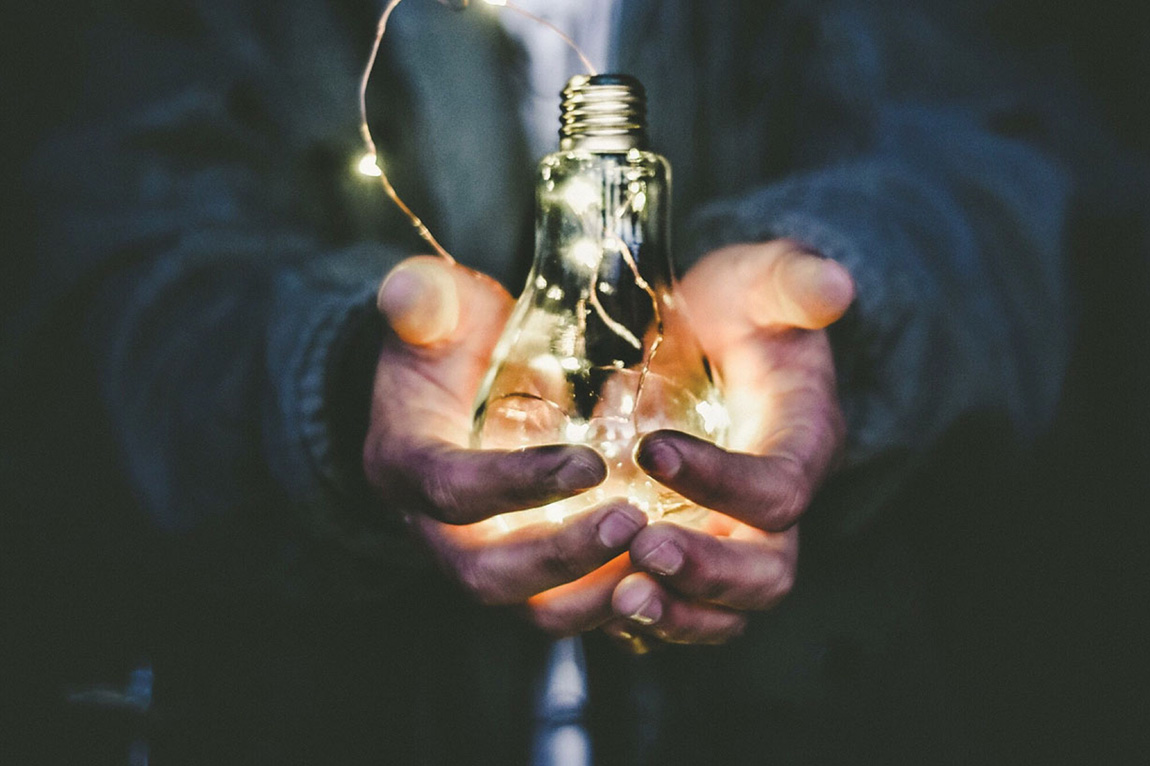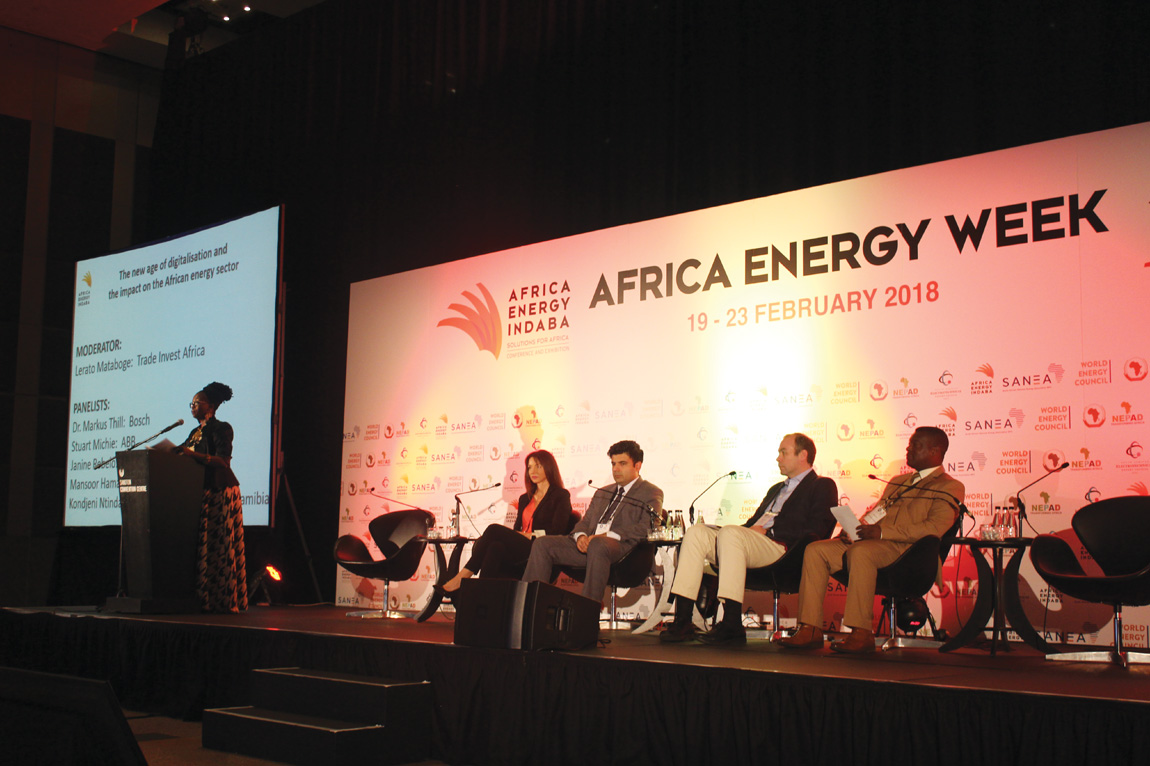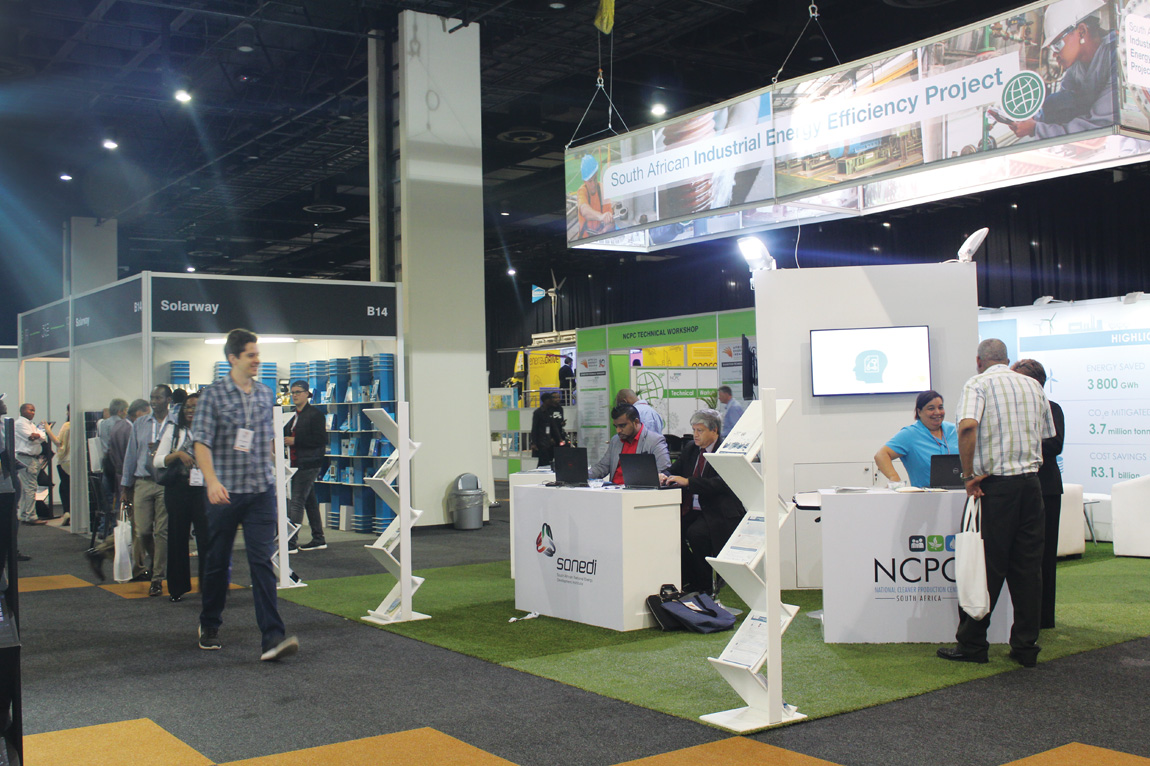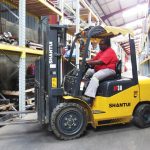Lighting up Africa

Africa is facing an energy crisis, as millions of people have no access to electricity, leading to expensive losses in productivity. Energy leaders gathered at the 2018 Africa Energy Indaba to discuss challenges and possible solutions
Leaders in the African energy industry from both the private and public sector recently gathered at the Sandton Convention Centre, in Johannesburg, for the tenth Africa Energy Indaba (AEI).
With 500-million Africans living without access to power, African energy leaders are getting serious about electricity. At the Indaba, financial institutions, governments, private corporations and research institutions discussed some of the challenges and possible solutions currently facing the energy sector in Africa.
In the opening address, David Mahlobo, the former energy minister for South Africa, highlighted a key challenge – funding. His address was delivered by Elizabeth Marabwa, chief director of programmes and projects at the Department of Energy.
She explained that the African Union-approved programme for infrastructure development in Africa, which focuses on the energy crisis, will need approximately US$ 42,2 billion (R492 billion) annually to reach its goal of universal access to energy by 2030.

Universal access to energy is essential to improving the economy in African countries. Amadou Hott, vice-president of power, energy, climate and green growth at the African Development Bank (AfDB), explained: “Every day that we delay implementing some of these independent power producers or regional projects, the cost of lost opprtunities is unbelievable.”
Even more unbelievable is the cost to the economy when energy sources are unreliable. Abba Armiya’u Ibrahim, CEO of Proserve Energy Services, noted that a nine-hour long power outage in Istanbul, Turkey, lead to a loss of US$ 700 million (R8,1 billion) in productivity. With the various power outages in Africa, the continent is losing a lot more in productivity. Many sub-Saharan African countries that rely on hydro-electricity are also experiencing extreme power outages with severe droughts plaguing the region in recent years. Langiw Lungu, executive director of the Zambian Energy Regulation Board, noted: “Energy is to the economy what blood is to the body.”
As electricity affects the economy, it also has impact on businesses and the transport industry in a country. With so much to lose, universal access is everyone’s concern.
However, in order to achieve universal access, governments need funding from the private sector. Securing this funding remains a challenge for many African countries. A key solution is for governments to speed up their decision-making processes.
At a panel discussion, Louis van Pletsen, co-founder of Quantum Power, used the renewable energy programme in South Africa as an example. When it was introduced, many investors flocked to offer capital for these projects.
However, the two-years-plus decision-making period led to many investors failing to turn deployed development capital into permanent equity. Van Pletsen stated: “The investor community has funds to deploy in these projects if roll out can happen at an acceptable pace and if they offer an acceptable return.”

According to energy advisor to the president, Silas Zimu, South Africa can expect big changes in its energy sector. These will start with the restructuring of state-owned enterprises.
He noted: “The same actions taken in February on governance at Eskom are going to come to the rest of the 700-odd state-owned enterprises, including ten energy-related enterprises.”
He added that the dream is for South Africa to become the energy hub for the entire sub-Saharan Africa.
While the energy leaders discussed challenges, solutions, further developments and regional integration strategies in numerous thought-provoking panel discussions, delegates also had the opportunity to see innovations in the energy sector from various exhibitors.
Total was one of the exhibitors and its main focus was on its various solar-charged lights, which can also be used as charging portals. They can be powered by either solar energy or electricity. The S300 light provides between four and 100 hours of light depending on the light intensity, while the T-lite offers anywhere between 7,5 and 75 hours of light.
The oil supplier also showcased its Total petrol card and Quartz lubricants. All these products are available at Total garages throughout South Africa.
Trailersol, a solar solutions provider for the transport industry, drew a crowd at its stand at the AEI. Simon Botham, operations director at Trailersol, noted: “The AEI offered a pleasant surprise. So many delegates were curious about the Trailersol products.” Botham added that the company will definitely come back to the next AEI.
Trailersol has some exciting new products. Without wanting to divulge too much information, Trailersol hinted at a battery and an electricity fridge, which it will launch at the trucking event.
In the meantime, Africans can keep their fingers crossed that the innovative energy solutions presented at the AEI are introduced to light up Africa’s future. With an abundance of resources, a private sector that is willing to invest and energy leaders with a strategic plan, there is no reason for Africa to remain a dark continent.
Published by
Focus on Transport
focusmagsa




